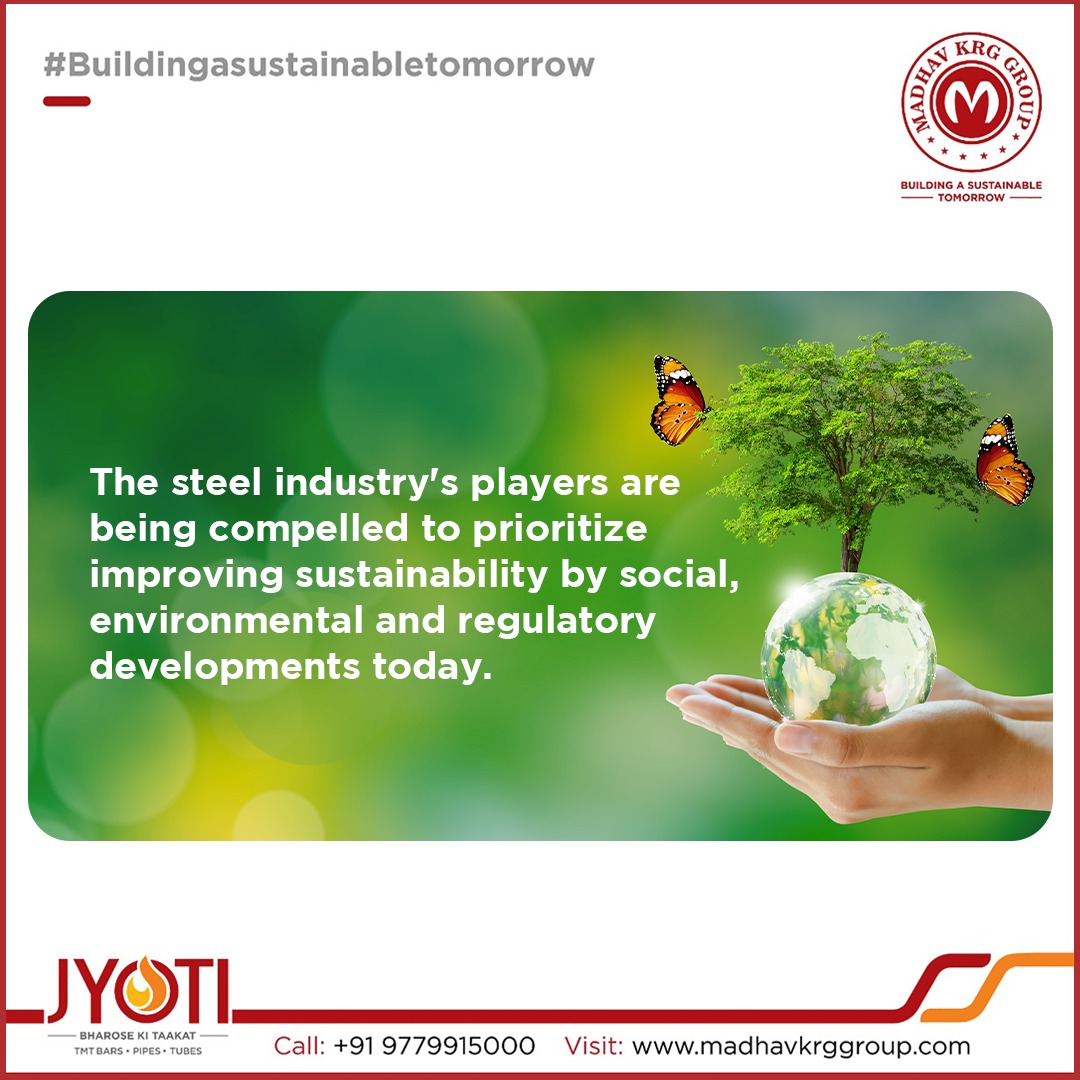
Say Good Bye To Rust
Recommended Current Price
JYOTI ZNCOAT TMT 550D
ViewHelpline Number : 97799-15000
Steel is widely utilized. It has been the most widely used metal for about 200 years and is an important part of almost all of the infrastructures that sustain our contemporary industrial society. Tens of millions of jobs and nearly $3 trillion in economic activity are supported by its value chain. Unfortunately, its production process is second only to electricity generation in terms of its contribution to atmospheric greenhouse gas emissions, at around 8%. The steel industry's players are being compelled to prioritize improving sustainability by social, environmental, and regulatory developments, as is the case with so many other mature businesses today.

Failing to develop a decarbonization strategy and start meeting greenhouse gas reduction targets now might negatively affect the industry's reputation and future value as businesses consider how to achieve the long-term objective of producing steel with net-zero emissions throughout the whole value chain.
The current standard blast furnace processes for producing new steel include consuming a sizable amount of coking coal to produce the finished, refined product. Although the most cost-effective method for creating virgin steel is still in use, there is a considerable public, governmental, and financial interest in encouraging the production of considerably more environmentally friendly steel products. Due to these challenges, the industry has started multiple pilot plants to test out new production methods and technological advancements, as well as prioritized the development of decarbonization initiatives.
Five chances to advance the mission of green steel, leading steel and mining firms have already started investigating a number of initiatives to reduce Greenhouse Gases, including:
Large iron ore mining companies have also become interested in green steel; after all, their iron ore exports are the raw material for the steelmakers' blast furnaces, and blast furnace emissions would count as scope 3 emissions for extractors who have made decarbonization commitments to their shareholders and stakeholder groups. In order to meet its 2030 carbon neutrality goal for Scope 1 and 2 emissions, Fortescue Metals hopes to start commercially manufacturing green hydrogen for use in steel production as early as 2023. This would be ten years earlier than originally anticipated.
An intriguing new dynamic in the steel value chain is the desire of iron ore miners in processing close to their operations and exporting low-emission, hot briquetted iron. Historically, factories have used ore that has been imported from other nations to make 70 percent of the steel. A major shift in market dynamics and the value chain for steelmaking would result from Australia and Brazil, for example, processing their iron ore into higher value "Green HBI" and exporting it directly to end-user markets. This would mark the beginning of the potential decoupling in this value chain.